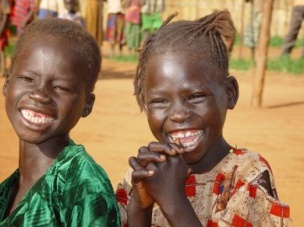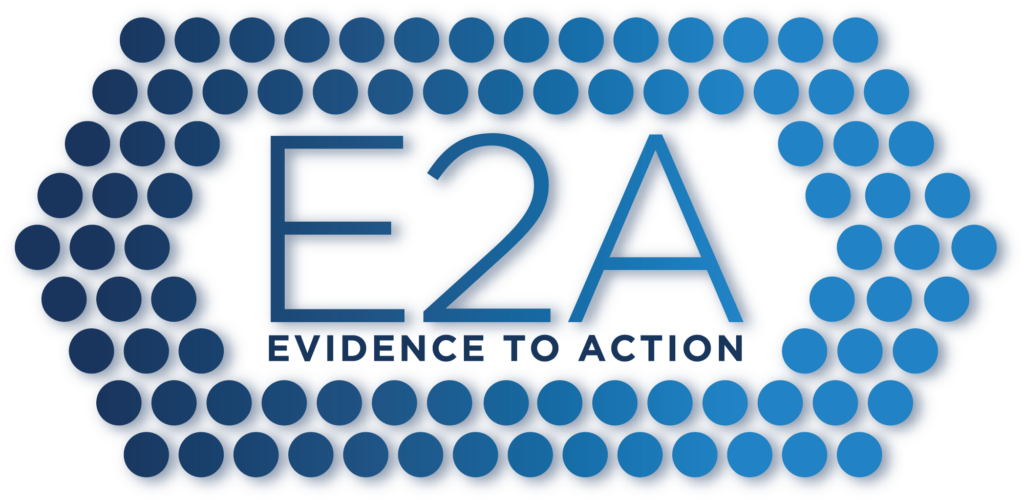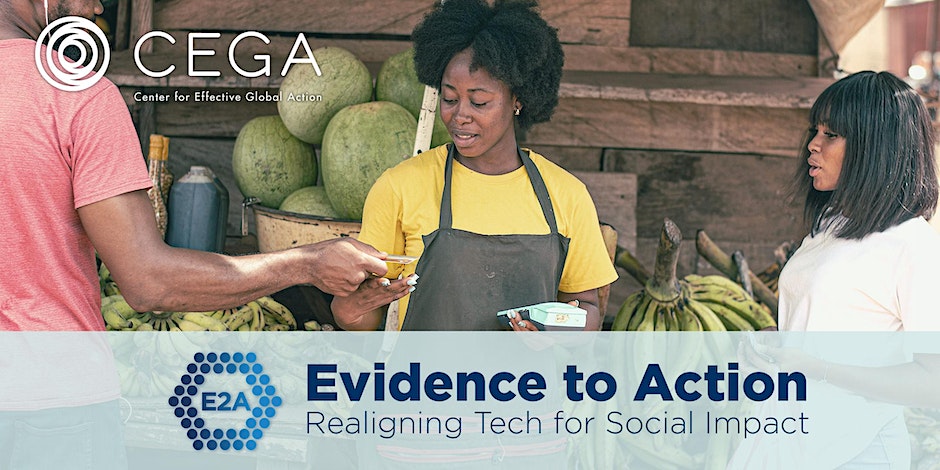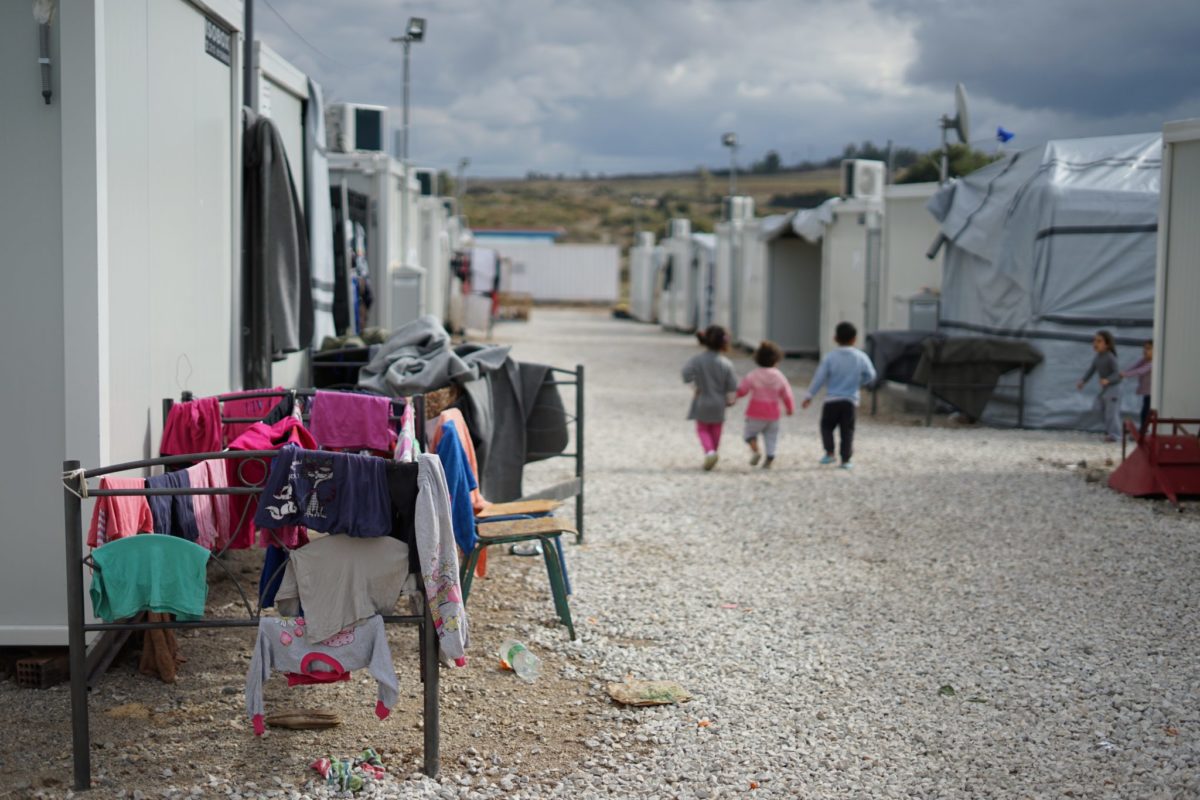Evidence to Action 2011: The Returns to Investment in Girls

CEGA’s second annual Evidence to Action symposium, “The Returns to Investment in Girls,” presented findings of several recent studies, each focused on early investments in girls that can lead to increased income generation and decision-making power in adulthood. It also generated dialogue between researchers, policy makers, and donors to identify a learning agenda for the broader international development community.
Lessons Learned
- Conditional cash stipends of just $5 per month can keep girls in school, and reduce risky sexual behavior, in rural Malawi. But only unconditional stipends benefit girls who have dropped out of school.
- In Zimbabwe, the story is more complex– microfinance and participation in entrepreneurial activity can increase girls’ risk of violence. In addition, there was no evidence suggesting that an intensive package of life skills and vocational training improved economic or behavioral outcomes.
- Merit-based scholarships for primary school girls in Kenya can have long term effects on political awareness and the freedom to choose their own spouses. But lacking a channel for participating in democratic processes, educated girls are more likely to feel dissatisfied with politicians and government.
- Two new ways to help women save have been tested in Kenya: one is to offer a free banking account, which allows women to save 30-60% more than they would otherwise. These women invest their extra cash in business development and household consumption. Another savings strategy provides a locked box to women, to protect their money from husbands and other family members. The box improves saving ability, and can also protect families against health shocks.
Policy Commentary
- Women and girls already contribute on a massive scale to the rural economy, through food production, caretaking, and household management. But the benefits to them– and the efficiency of their labor– is handicapped without better access to markets, land, technology, and assets.
- At USAID and more broadly, we’re seeing a shift in the “women and development” agenda, favoring policies and programs that have a multi-sector focus, target key age transitions, and include boys and men in gender equality-building.
Studies in Progress
- A new randomized evaluation of BRAC’s Adolescent Girls Program seeks to answer questions about whether microfinance and vocational training can empower out-of-school girls. The study’s preliminary results are already being used to fine-tune the program, in “real time”.
- A new evaluation of the Tanzania fertilizer voucher scheme will link agriculture with reproductive health outcomes. This is an important connection, given that so many small-holder producers in Africa are women.




